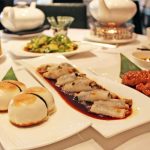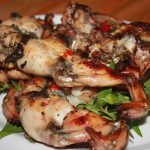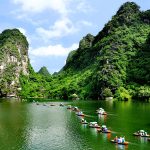What do you need to prepare a trip before travelling Vietnam ?
A favorite destination among backpackers for being a super-budget destination, Vietnam is a gorgeous country that has a lot to offer. So much so that Vietnam can be overwhelming and without a bit of insider advice, you might end up picking expensive or lackluster choices for food, tours, or accommodation. Focus Asia Travel will share everything you need to know to prepare a trip before travelling Vietnam.
Start By Picking The Right Time To Visit Vietnam
The weather in Vietnam varies a lot from region to region (there are three different climate zones) as well as within the same place in a short period of time. Thus, choosing right time is the first step you need to prepare a trip before travelling Vietnam.

Choosing right time-The first step preparation for travelling Vietnam
- North Vietnam – The weather in the mountainous north (Sapa Valley) can be basically divided in two seasons: the dry and cold winter, from October to March, and the wet and hot summer from April to September. It is overall better to travel in the dry season, even though the temperatures can be quite cold. When I visited, in March, it was actually much warmer than I had expected, with warm temperatures during the day, over 68 Fahrenheit (20 Celsius) but significantly colder (11C/52F) at night.
- Hanoi And Ha Long Bay – The north of the country (including Hanoi and Ha Long Bay) has cold but dry winters, lasting from November to April and with average temperatures between 63F/17C – 72F/22C. Summer months (from May to October) are hot, humid and get a lot of rain, to the point that visits to Ha Long Bay may be suspended due to the adverse weather conditions. When I visited, Hanoi was pleasantly warm and sunny one day and in a chilly mist the next. Ha Long Bay was hot and sunny (79F/26C!) the day before I went, though after I arrived was welcomed with the more typical cool overcast. I would recommend visiting around February or March,
- Central Vietnam – Dry weather between January and August, when the temperatures can reach up to 86F (30C). The most rainy months are October and November. Air conditioners are usually available in hotels and even in good homestays.
- South Vietnam (which includes Saigon and the Mekong Delta) weather is divided into dry and wet season. The dry season goes from November to early May, with higher temperatures and humidity between February and May, and the wet season from May to November, with June to August being the rainiest months. Temperatures are always between 77-95F (25-35C). It was surely hot when I visited and I was glad to find air conditioners in hotels. Avoid August and September if you can, they are the rainiest months in this region.
How To Get A Visa To Vietnam – Prepare a trip before travelling Vietnam
Citizens of more than 20 countries – mostly western European and southeast Asian – can get a Vietnamese visa on arrival if arriving by air. This visa, which is free, allows to stay in the country for up to 15 days, but for everyone it’s necessary to show proof of leaving the country within that time period. Everyone else, you’ll have to contact your local embassy for specific visa requirements. Keep in mind in all cases your passport will need to be valid for at least 6 months from the date of entry into Vietnam.
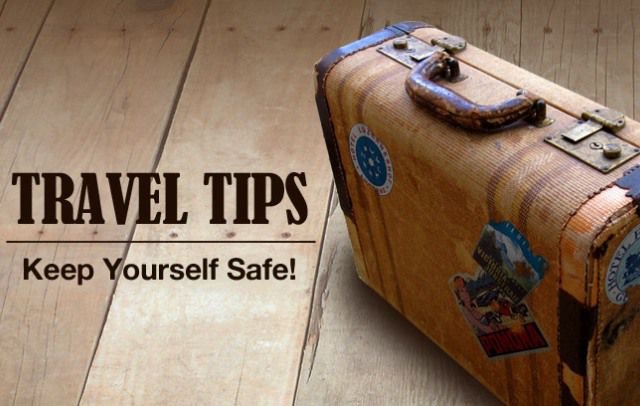
Preapare a trip before travelling Vietnam
Vietnamese Currency Exchange – Necessary preparation before travelling Vietnam
The official currency in Vietnam is the dong (VN). To good prepare a trip before travelling Vietnam, you should looking for Vietnamese Currency Exchange. One US dollar is worth roughly 22000 VN. Dollars are generally accepted in hotels, in some shops and even at markets, but it is better to use dongs in order to save on the exchange rate. When exchanging money at the bank, go with an idea of how much you should be given for your US dollars using a free app like Currency, making sure to check that you get the correct amount. Tellers often pretend to forget to give exact change in an attempt to pocket a little for themselves.

Currency exchange – Prepare a trip before travelling Vietnam
Learn How To Cross The Street (It’s An Adventure Every Time)
There really aren’t any major safety issues in Vietnam, not even for female travelers. The biggest challenge for travelers in Vietnam is crossing the street in very congested traffic, dodging scooters and cars that never stop for pedestrians. You’ll also have to deal with scams but in both cases, being prepared will help you avoid any trouble.

Checking map-Prepare a trip before travelling Vietnam
In order to cross the street, keep on walking without ever stopping keeping in mind to avoid cars and trucks. Traffic won’t stop, but scooters will make sure to drive around pedestrians and somehow nobody ever seems to get hit.
Common scams are the typical ones of the tourism industry: prices which are doubled or tripled for tourists, with the right amount of applied pressure to push you into buying tourist services.
The key to avoid tourist rates is to haggle fiercely at markets. For taxis, insist on paying by the meter.
Here’s a few examples to help clarify things: the driver from Hanoi airport to the city asked you to pay a flat rate of 400000 VN (around $18 USD). You should pay by the meter and it cost you 360000 VN ($16 USD) – not a major difference in this case.
Transportation – Prepare a trip before travelling Vietnam
The best way to cover long distances in Vietnam is by plane. Traffic is extremely slow (up to 5 hours to cover a mere 150 km) not to mention the driving truly terrifying. All forms of motor-vehicle are constantly honking machines that are uncomfortable because they’re packed tight with bags placed overhead without regard to gravity. So unless you like long, life-threatening adrenaline rushes, take a plane.
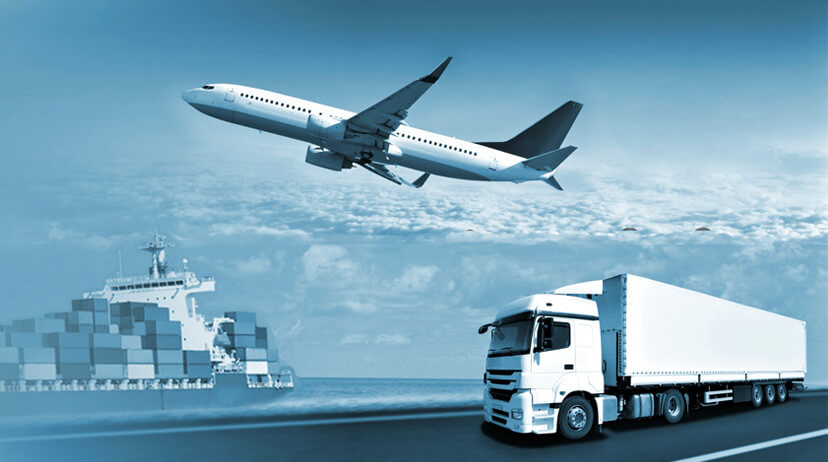
Transportation- Prepare a trip before travelling Vietnam
It is also possible to travel by train. You can the night train from Hanoi to Lao Cai, the main city to access Sapa Valley, finding it a nice experience. You are able to rest on the small bunk and assign in a train car that was fairly clean and comfortable. You can buy the tickets directly at the train station in Hanoi, or online through the Vietnam Railways System website. All trains to the north of Vietnam leave from Tran Quy Cap station (Train Station B, P Tran Quy Cap, open from 4:00 to 6:00 am and from 4:00 to 10:00 pm every day).
In cities, taxis are easily available and inexpensive. An easy alternative to taxis are moto-taxis, which are a fast, cheap and fun way to get around. Moto-taxis are easily recognizable: the drivers sit right by their motorbike on the side of the road, and have two helmets. In smaller cities and in the countryside, bikes are a fun and cheap way to get around.
Where To Stay – Travelling Tips In Vietnam
Your dollar will go a long way in Vietnam, and even travelers on a budget can afford to get a private room, with a private bathroom and (a simple) breakfast included in one of the many hotels available. The average price for a double private room with private bathroom plus breakfast included is $9 USD per night per person.
- Saigon: Yellow House Saigon, a hotel in the backpackers’ district located in a tiny alley that is closed at night, so despite the traffic of the city, the hotel gets virtually no noise. Rooms are on the small side, but perfectly organized and the breakfast buffet including noodles, fruits, and eggs is quite decent.
Lots of people opt to stay in homestays but beware that many of them are very spartan so research thoroughly before booking. Here’s a homestay in Hoi An we can recommend:
- The Corner Homestay – A lovely homestay in Hoi An, literally a minute away from all the action. Rooms are nice and clean, the receptionist a real star who speaks perfect English and despite being so close to the center, it is in a nice and quiet street.
What And Where To Eat – Preparation For Travelling Vietnam
When in Vietnam, the best way to enjoy a meal is in the street or in the markets, or in small local eateries. Soups are to die for, especially the delicious pho bo, which consists of rice noodles in a slowly cooked beef broth, served with bean sprouts and raw beef sliced so thin it cooks in the broth. A whole meal (including drinks) can be as cheap as $2 USD.

Vietnamese Cuisine – Prepare a trip before travelling Vietnam
- Nha Hang Ngon, in Dong Khoi, Saigon, is a very popular restaurant for locals and tourists. In a stylish setting with affordable prices, it aims at bringing together the best street food of Vietnam all in one place.
A note that seemingly vegetarian and vegan dishes (e.g. tofu dishes) often have fish sauce in them. One easy way to communicate food allergies or preferences when the staff speaks little or no English is to get on the Internet and show pictures of the specific ingredients.
- Cargo Club – In Hoi An, a fantastic place serving a mixture of international as well as Vietnamese dishes that are to die for. It is as expensive as it gets in Vietnam, a full meal (including drinks and dessert) is no more than $18 USD. Chips ‘n Fish, right by the market, is another good inexpensive place to have seafood.
Finally, a bottle of local beer (usually Bia Saigon) costs around 20000 VN (less than $1 USD), but at local eateries it is possible to have beer by the glass (generally a 0.25 or 0.30 cc glass) for as little as 4000 VN.
Packing Tips – Prepare a trip before travelling Vietnam
We recommend going to Vietnam with a backpack rather than a suitcase. More often than not, there are no elevators in budget hotels and carrying a suitcase up the stairs may well be a nightmare. Sidewalks are invaded by scooters, stalls, street food restaurants which make walking more like a steeplechase – not to mention getting on and off the boats in Ha Long Bay.

You will need a wind and waterproof jacket, a pair of hiking boots, lightweight hiking pants, plus a warm sweater if you’re heading to the north. For the south, cotton long pants and shirts to protect from the sun in the day and biting mosquitoes at night.
On the positive hand, people in Vietnam are generally nice, despite a language barrier in many cases. Actually people here are way more reserved in the foggy north; conversely much more open, friendly with smiles in the south. They enjoy talking to tourists (as much as possible, given the language barrier!) and posing for pictures.











